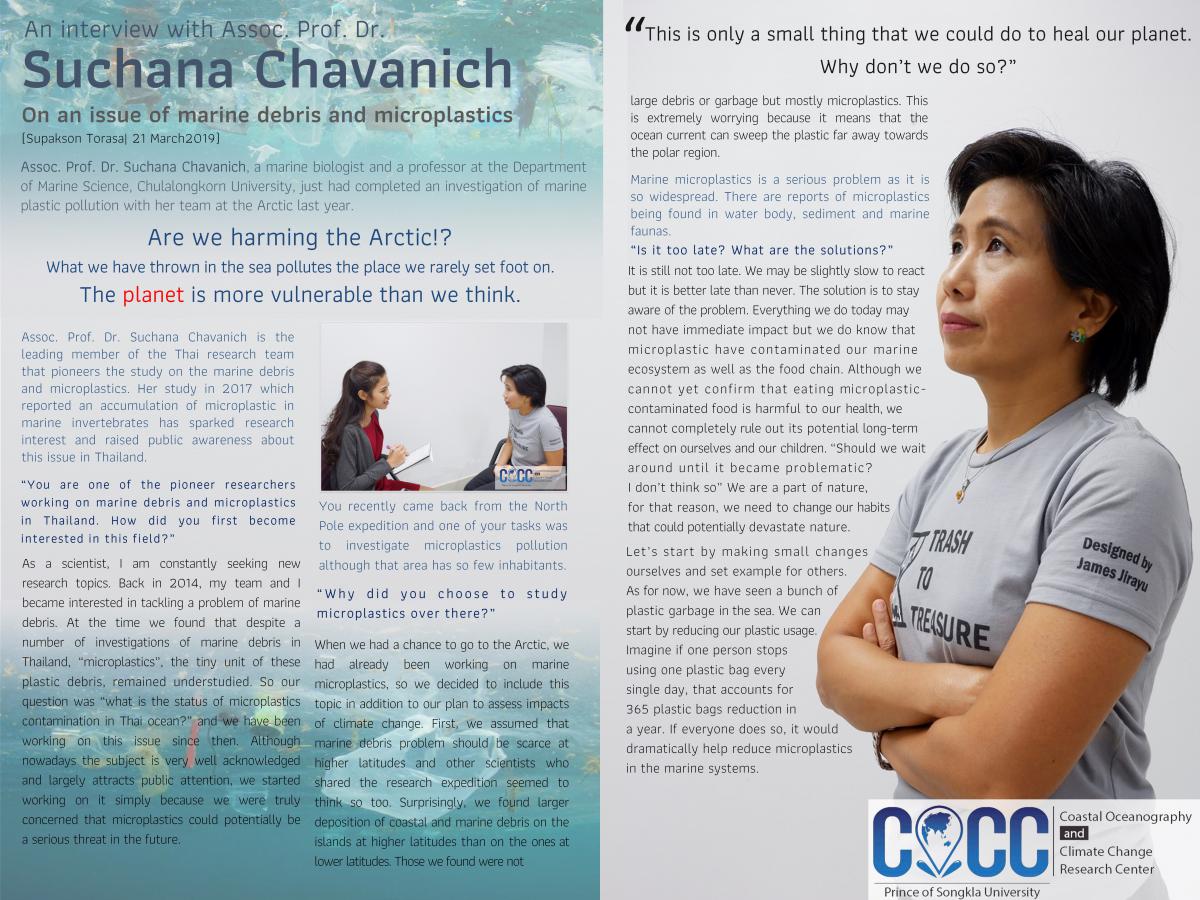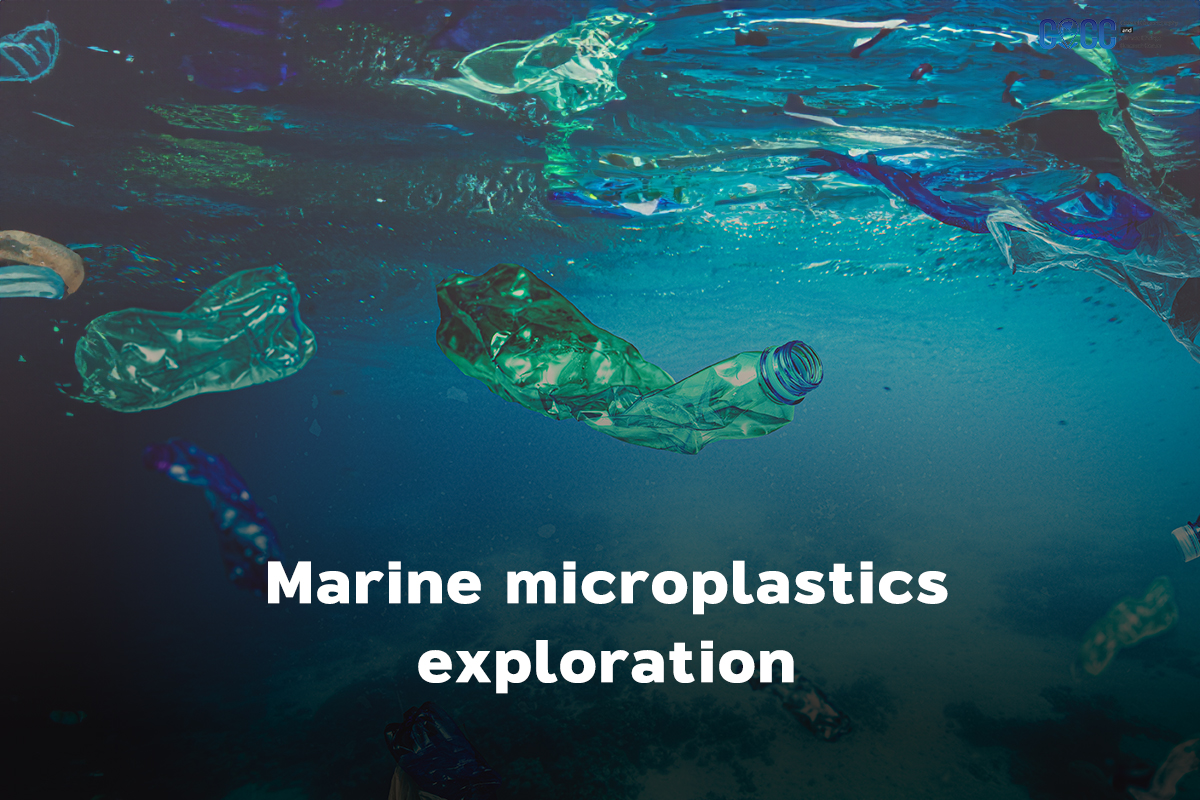
On an issue of marine debris and microplastics
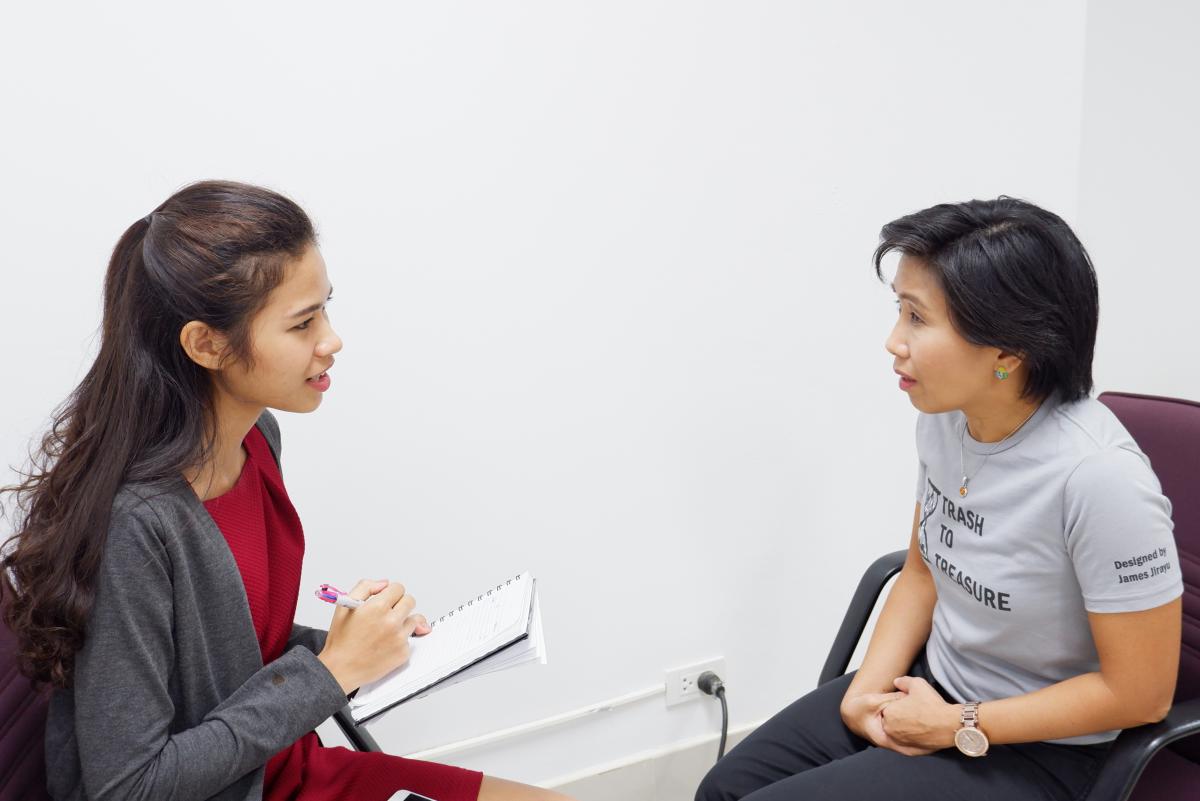
Assoc. Prof. Dr. Suchana Chavanich, a marine biologist and a professor at the Department of Marine Science, Chulalongkorn University, just had completed an investigation of marine plastic pollution with her team at the Arctic last year.
Are we harming the Arctic!? What we have thrown in the sea pollutes the place we rarely set foot on. The planet is more vulnerable than we think.
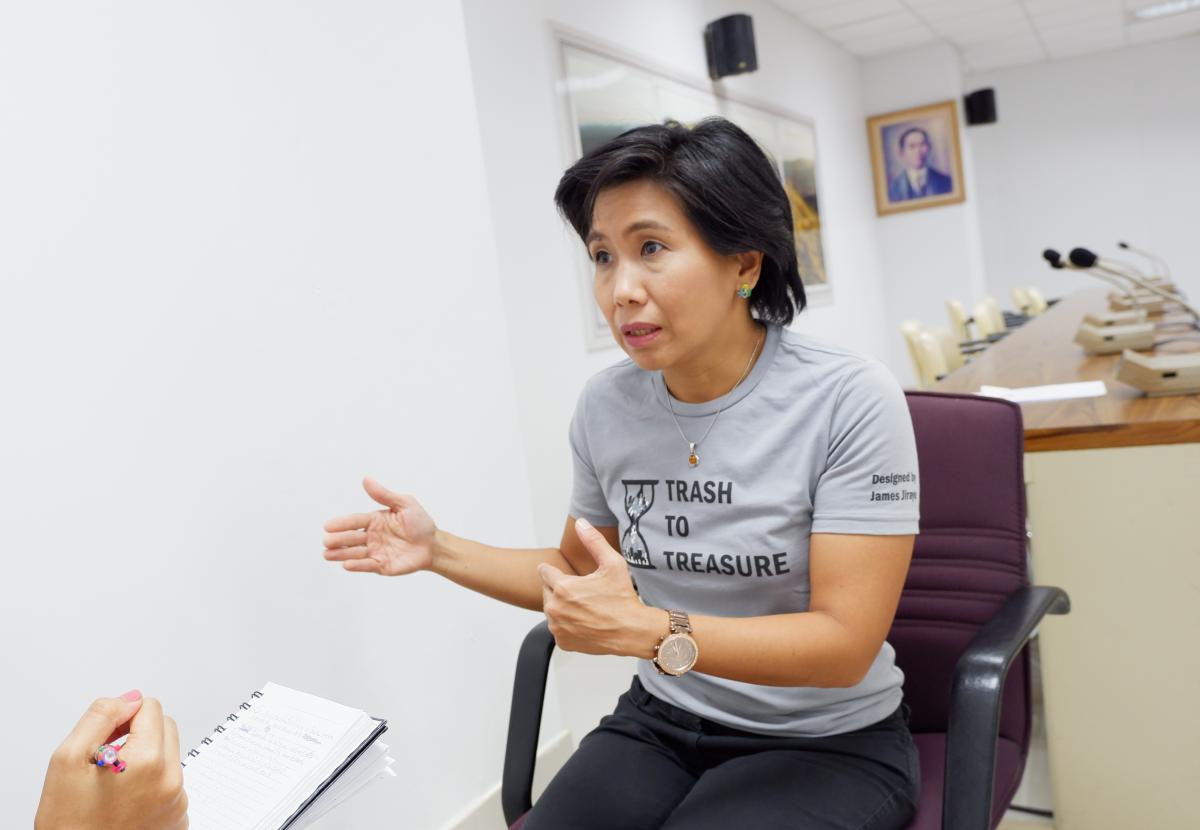
Assoc. Prof. Dr. Suchana Chavanich is the leading member of the Thai research team that pioneers the study on the marine debris and microplastics. Her study in 2017 which reported an accumulation of microplastic in marine invertebrates has sparked research interest and raised public awareness about this issue in Thailand.
As a scientist, I am constantly seeking new research topics. Back in 2014, my team and I became interested in tackling a problem of marine debris. At the time we found that despite a number of investigations of marine debris in Thailand, “microplastics”, the tiny unit of this plastic debris, remained understudied. So our question was “what is the status of microplastics contamination in Thai ocean?” and we have been working on this issue since then. Although nowadays the subject is very well acknowledged and largely attracts public attention, we started working on it simply because we were truly concerned that microplastics could potentially be a serious threat in the future.
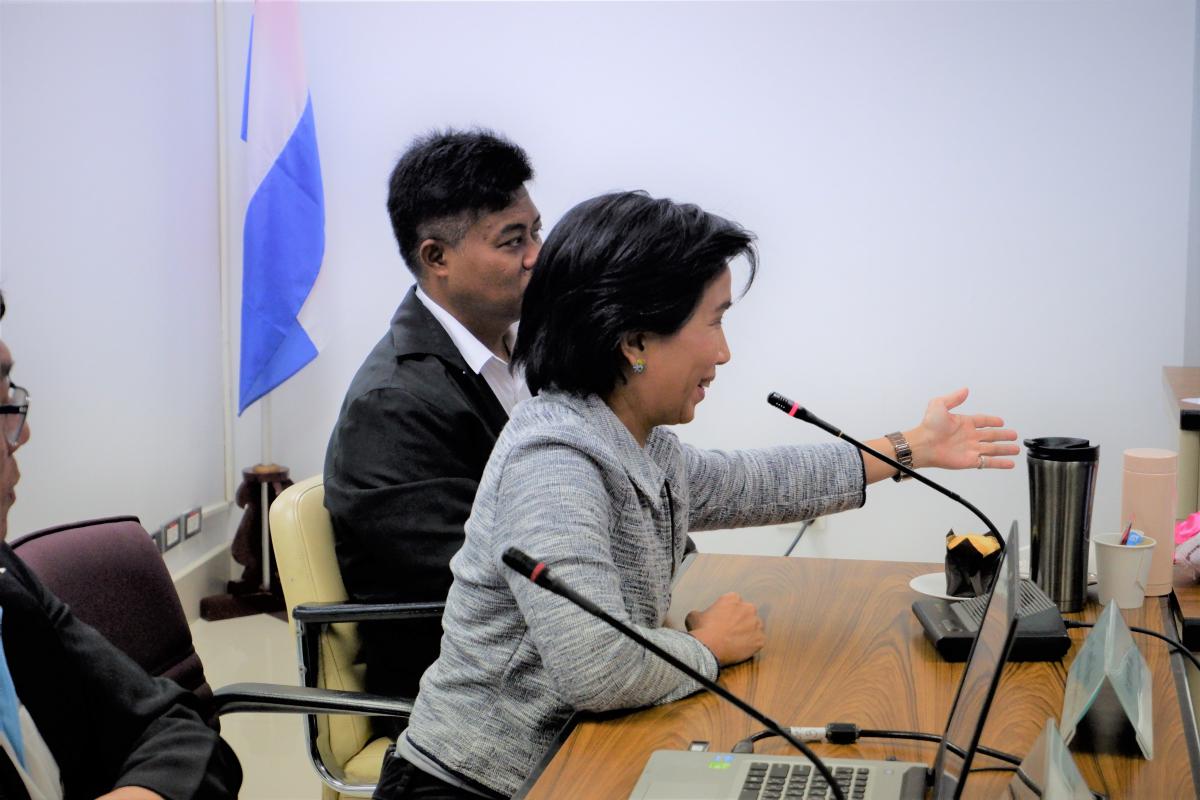
You recently came back from the North Pole expedition and one of your tasks was to investigate microplastics pollution although that area has so few inhabitants.
When we had a chance to go to the Arctic, we had already been working on marine microplastics, so we decided to include this topic in addition to our plan to assess impacts of climate change. First, we assumed that marine debris problem should be scarce at higher latitudes and other scientists who shared the research expedition seemed to think so too. Surprisingly, we found larger deposition of coastal and marine debris on the islands at higher latitudes than on the ones at lower latitudes. Those we found were not large debris or garbage but mostly microplastics. This is extremely worrying because it means that the ocean current can sweep the plastic far away towards the polar region.
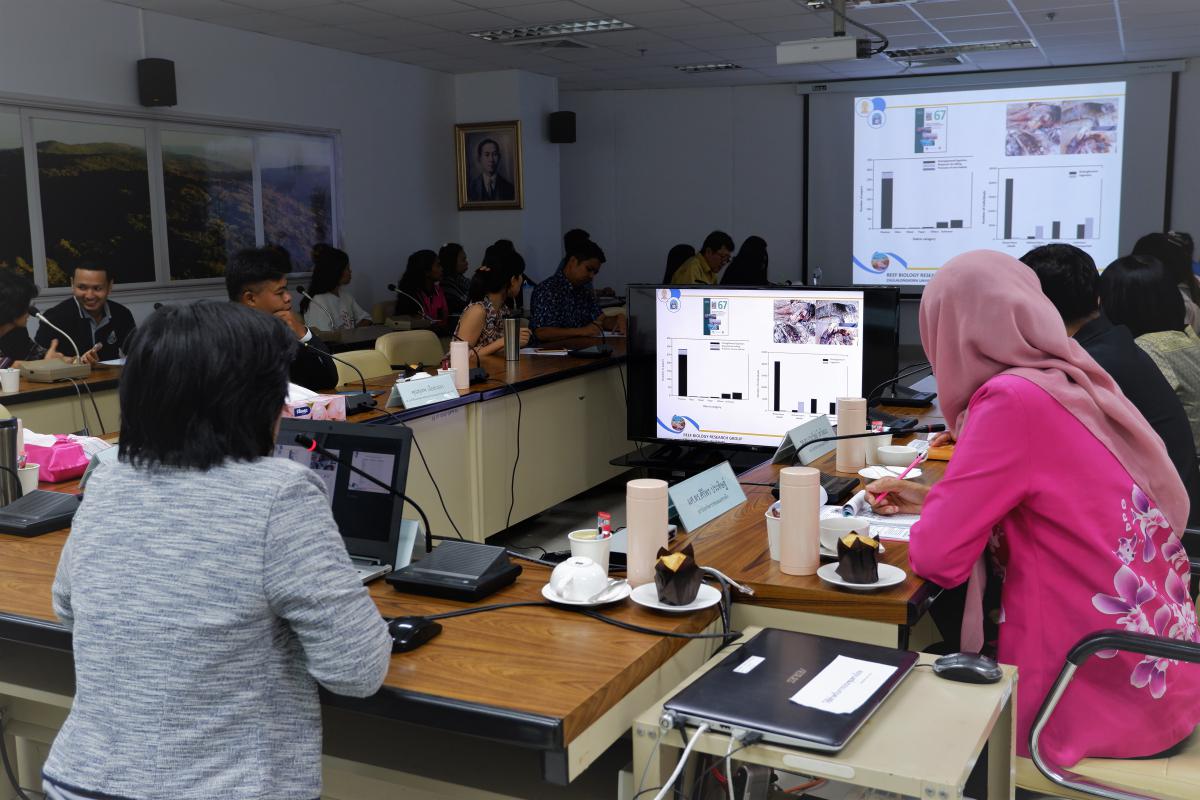
Marine microplastics is a serious problem as it is so widespread. There are reports of microplastics being found in water body, sediment and marine faunas.
It is still not too late. We may be slightly slow to react but it is better late than never.
The solution is to stay aware of the problem. Everything we do today may not have an immediate impact but we do know that microplastic have contaminated our marine ecosystem as well as the food chain. Although we cannot yet confirm that eating microplastic-contaminated food is harmful to our health, we cannot completely rule out its potential long-term effect on ourselves and our children. “Should we wait around until it became problematic? I don’t think so” We are a part of nature, for that reason, we need to change our habits that could potentially devastate nature.
Let’s start by making small changes ourselves and set an example for others. As for now, we have seen a bunch of plastic garbage in the sea. We can start by reducing our plastic usage. Imagine if one person stops using one plastic bag every single day, that accounts for 365 plastic bags reduction in a year. If everyone does so, it would dramatically help reduce microplastics in the marine systems.
